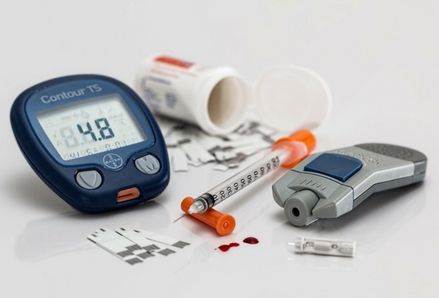


Managing diabetes during travel may seem daunting, but there are many resources to help you plan a healthy trip. Diabetes management (especially insulin dosage) is highly individual, so it’s essential that you consult your health practitioner before you travel. Here are some things to consider when planning your next trip.

If you use insulin, don’t forget to pack:
List adapted from “Travel with chronic medical conditions” by Mari C. Sullivan in The Travel and Tropical Medicine Manual, 5th Edition by Christopher A. Sanford, MD, MPH, DTM&H, Elaine C. Jong, MD and Paul S. Pottinger, MD, DTM&H.